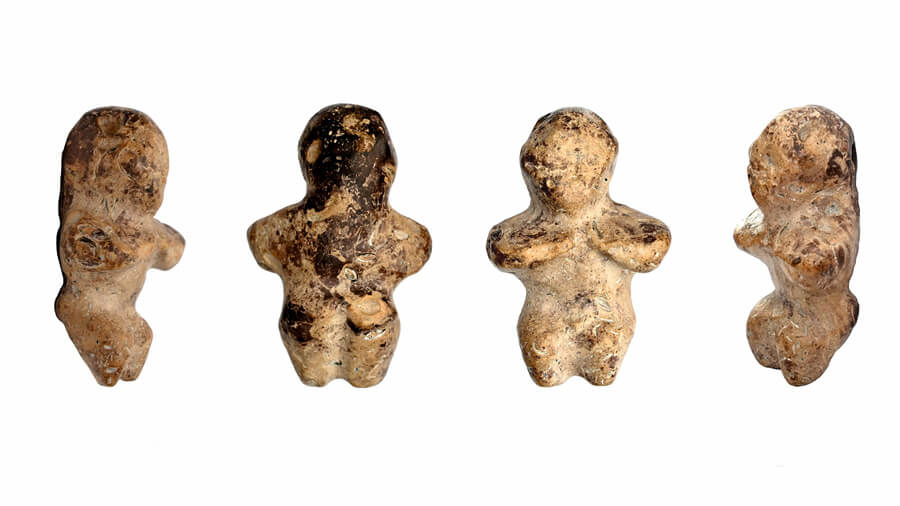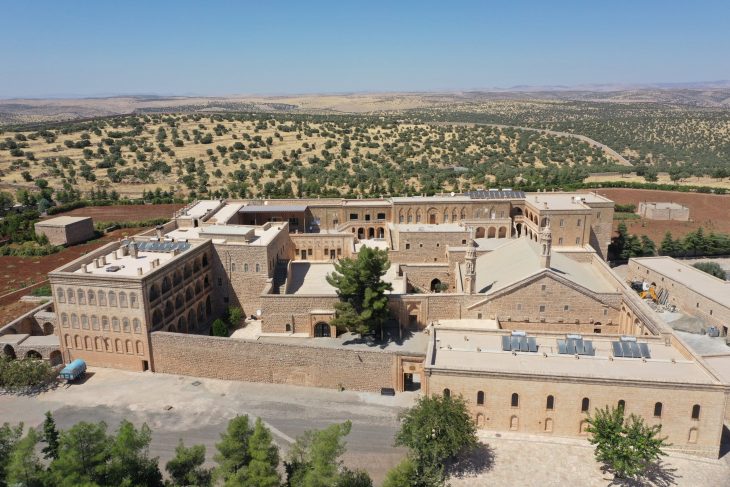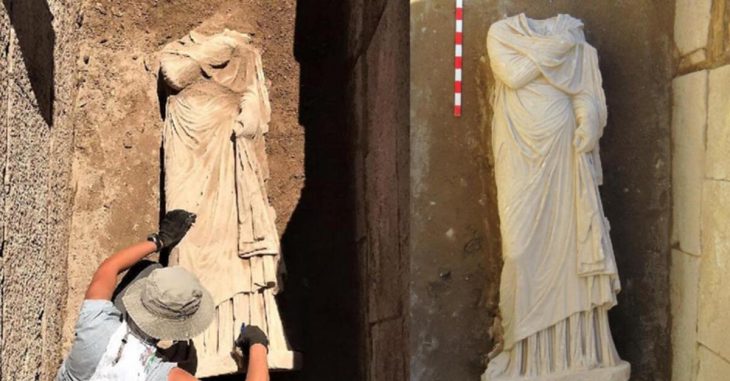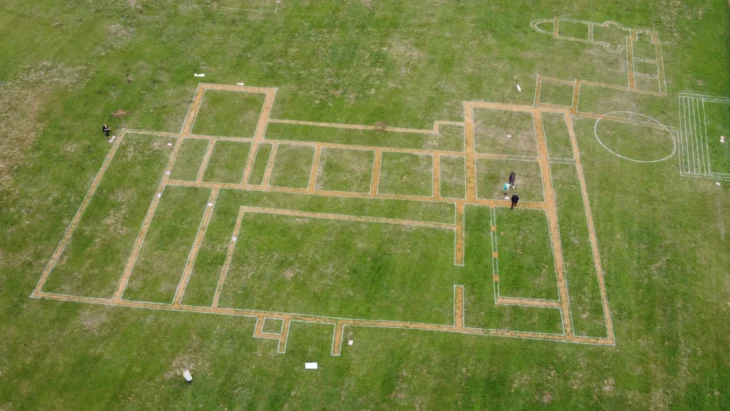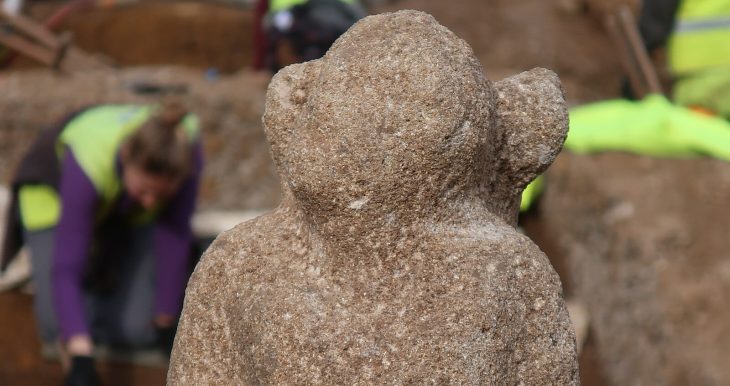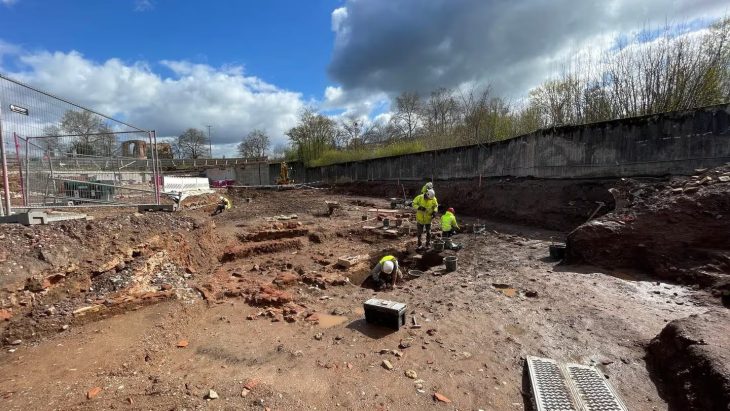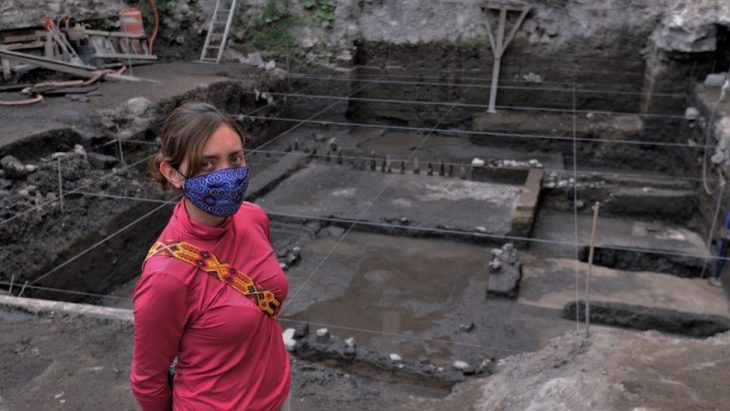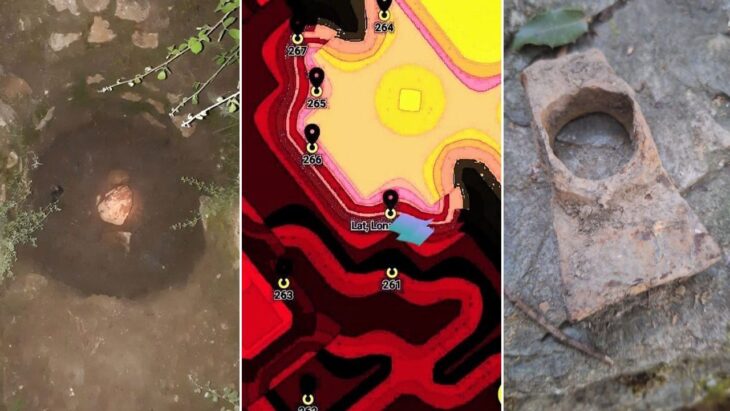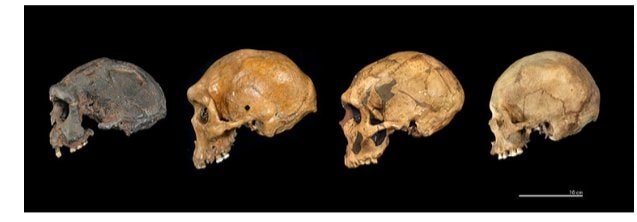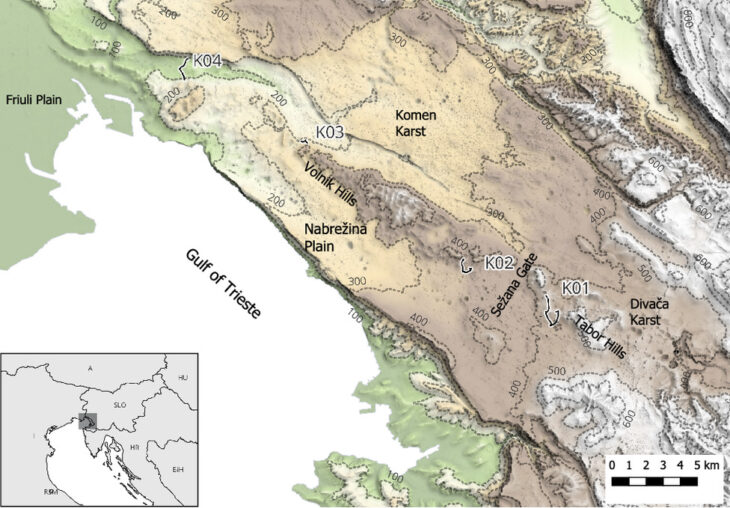A remarkable archaeological discovery has emerged from the sandy shores of Poland’s Baltic coast near Kołobrzeg—a 6,000-year-old female figurine now known as the Kołobrzeg Venus. This ancient artifact provides a unique glimpse into the lives, beliefs, and artistic expression of Neolithic communities that inhabited the region during the late Stone Age.
The figure was found in December 2022 by a farmer in a village near the Parsęta river, close to Kołobrzeg. The artifact was subsequently handed over to Waldemar Sadowski, a member of the Parsęta Exploration and Search Group operating under the Society of Friends of the Polish Arms Museum in Kołobrzeg. Based on the information obtained, the discovery site is considered credible. In 2023, the group’s president, Jan Orliński, presented the artifact to archaeologist Marcin Krzepkowski from the Relicta Foundation, who confirmed the uniqueness of the find. The appropriate conservation authorities and the director of the Polish Arms Museum in Kołobrzeg were promptly notified about the discovery of the stone figurine.
Radiocarbon dating confirms the figurine dates back roughly 6,000 years, placing it in the late Neolithic period—a time marked by early farming, animal domestication, and the rise of settled societies.
Measuring about 12 centimeters tall and made of limestone, the figurine highlights feminine features such as wide hips and pronounced breasts, symbolic of fertility and motherhood. The absence of facial details suggests that the figure represents an idealized female form rather than an individual person. Additionally, faint markings on the surface may indicate ritualistic or symbolic significance, possibly linked to spiritual beliefs or cultural traditions.
The Kołobrzeg Venus adds to a wider collection of prehistoric “Venus” figurines found throughout Europe, which archaeologists interpret as fertility symbols, protective talismans, or representations of a mother goddess. However, this discovery is particularly significant for understanding Neolithic life on the Baltic coast, where fishing, farming, and trade intersected in unique ways.
📣 Our WhatsApp channel is now LIVE! Stay up-to-date with the latest news and updates, just click here to follow us on WhatsApp and never miss a thing!!
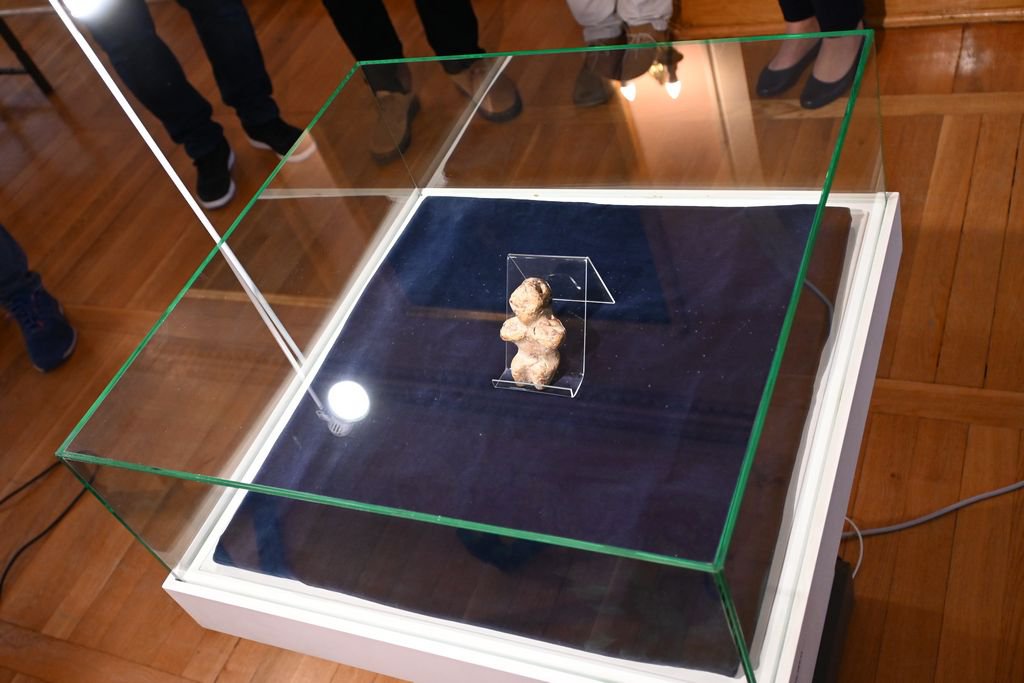
According experts, the Venus figurine is an exceptionally rare find within Poland, with no similar artifacts discovered so far in the area north of the Carpathian Mountains. This uniqueness makes the Kołobrzeg Venus a significant addition to Poland’s archaeological heritage.
While the Kołobrzeg Venus is roughly 6,000 years old, it connects to a much older tradition of prehistoric “Venus” figurines found across Europe. Among the oldest is the Venus of Hohle Fels, unearthed in southern Germany in 2008 and estimated to be about 40,000 years old; this figurine is currently exhibited at the Blaubeuren Prehistoric Museum. Another famous example is the Venus of Willendorf, discovered in Lower Austria in 1908, which dates back approximately 30,000 years and is housed in the Natural History Museum in Vienna. These artifacts collectively represent a long-standing cultural practice of creating symbolic female figures across prehistoric Europe.
Experts believe the figurine may have played a role in rituals or served as a personal charm, reflecting the spiritual and social complexity of early coastal communities. This challenges previous assumptions that symbolic art was limited to more urbanized or agriculturally rich regions, highlighting the widespread cultural richness of prehistoric Europe.
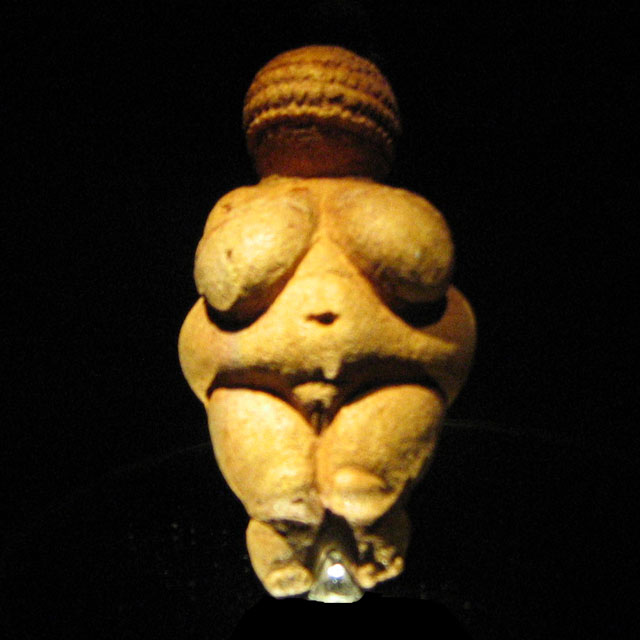
Ongoing studies—including microscopic analysis and 3D imaging—aim to uncover more about the figurine’s use and cultural context. Future excavations in the Kołobrzeg area could reveal additional artifacts that deepen our knowledge of Neolithic societies, their traditions, and interactions along the Baltic Sea.
The Polish Arms Museum is currently updating its permanent exhibition on the history of Kołobrzeg to broaden its scope to include prehistory. In this renewed display, the Kołobrzeg Venus will stand out as one of the oldest artifacts showcased, highlighting the deep historical roots of the region.
The Kołobrzeg Venus is not just an ancient artifact—it is a vital link to our distant past, shedding light on human creativity, spirituality, and the enduring importance of symbolism in early human history.
Muzeum Oręża Polskiego w Kołobrzegu
Cover Image Credit: Muzeum Oręża Polskiego w Kołobrzegu

